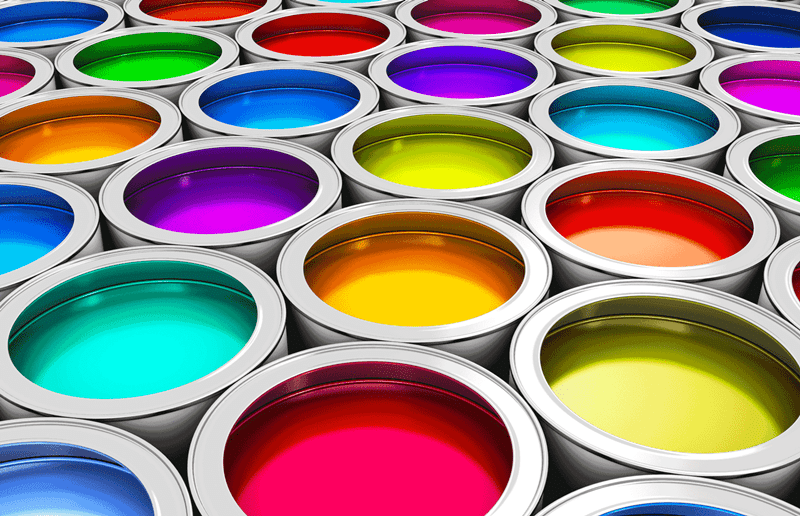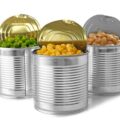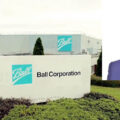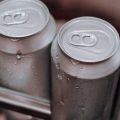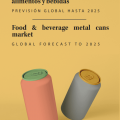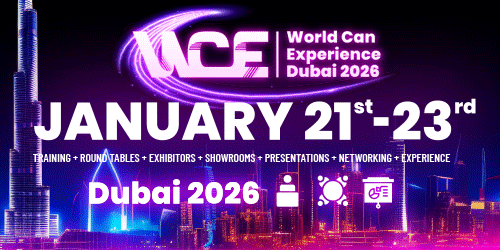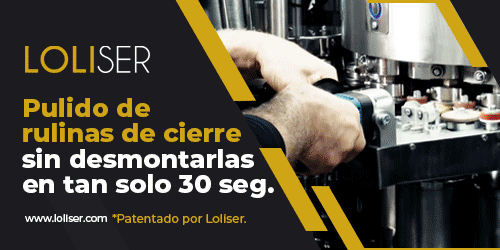The growing success of the pet food industry is also reflected in its contribution to packaging recycling. This results in a significant economic benefit, which is reflected by the steady increase in the number of pet-owning families in Europe. According to FEDIAF data, there are 90 million households in Europe with at least one pet. which equals almost half (46%), with an estimated 305 million pets combined. It is perhaps not surprising, therefore, that pet food is the fastest growing consumer goods industry in terms of unit pack sales, a trend that is being caused not only by industry growth but also by a shift to smaller pack sizes.
In figures, according to FEDIAF, which represents the European pet food industry, the annual growth rate of the pet food industry is 3.1%. For an industry that already produces 10.2 million tons of pet food products, it is clear that there needs to be a rethink when it comes to pet food packaging and its environmental impact.
But what makes metal the best solution for pet food packaging?
Companies in the food sector have opened their eyes and discovered the usefulness of using metal packaging for their products. This has not only been applied to beverages such as soft drinks, but has also been extended to other foods such as wine, oil, asparagus and now even pet food.
Metal is useful in the pet food industry because of its durability, as it protects the contents of the product, preserving the nutrients and extending its shelf life, without the need for refrigeration. This is important for the pet industry, where packaging is critical to ensure that pet foods remain safe and retain their nutritional quality, and aspects such as portion control, weight and product consistency are particularly important. In fact, for the growing number of raw and organic pet food suppliers marketing themselves as manufacturers of preservative-free natural foods, fail-safe preservation is key.
Brands have a great opportunity to tap into the public’s awareness of sustainability, as 68% of consumers are looking for environmentally friendly products according to the Buying Green 2022 report. To this must be added the number of people (60%) in Europe who think that plastic is extremely harmful and contributes to the pollution of the oceans. This data is extremely promising, with 57% of shoppers saying they will not buy packaged goods that are harmful to the planet.
Metal is a unique material when it comes to saving the environment. Aluminum, in particular, can be reused countless times, with 75 percent of this metal that has been produced still in use. In addition, the demand for pets and pet-related products is high; therefore, eco-friendly metal packaging can make a big difference in protecting the planet in the future.
Butcher’s Pet Care, a British pet products manufacturer, replaced the plastic shrink wrap on its multipack cans with recyclable and biodegradable cardboard, while maintaining its commitment to metal cans. In addition, Butcher’s has also included in its environmental commitment the infinite reuse of metal cans to create new materials such as car parts, bicycles or even more cans.
Manufacturers are realizing that metal packaging offers many possibilities for promoting their products. Packaging technology has advanced to allow packaging to act as a canvas to advertise its contents. With metal packaging, it is possible to print directly onto the product in a variety of colors and finishes, allowing brands to utilize the entire surface. Advanced graphics and prominent colors can take center stage without sacrificing packaging functionality or recyclability. Point out that one-third of consumer purchasing choices are based on packaging alone, so opportunities for brand creativity are already changing the rules of the game for sales.


